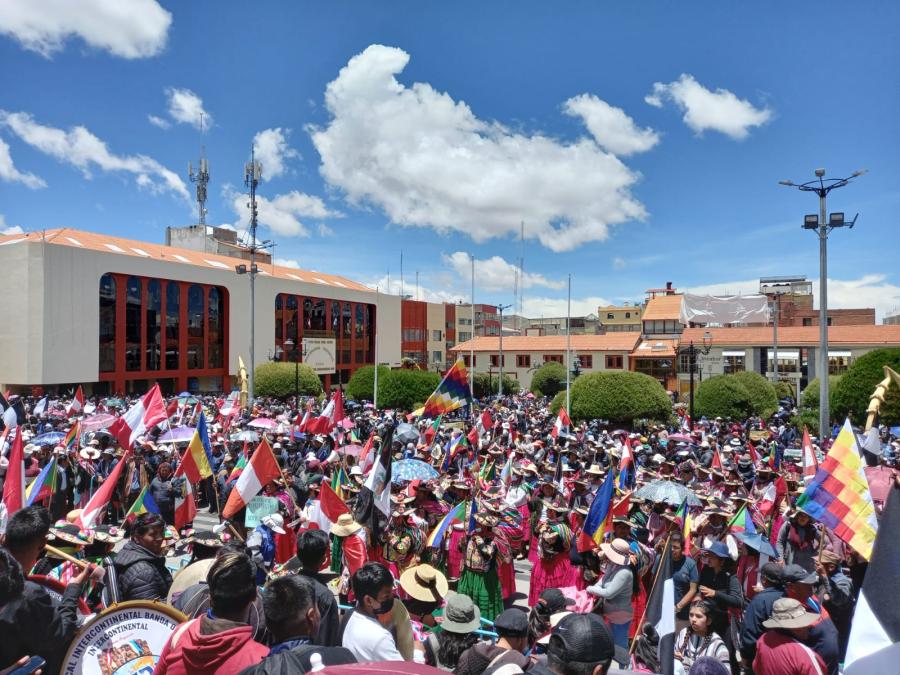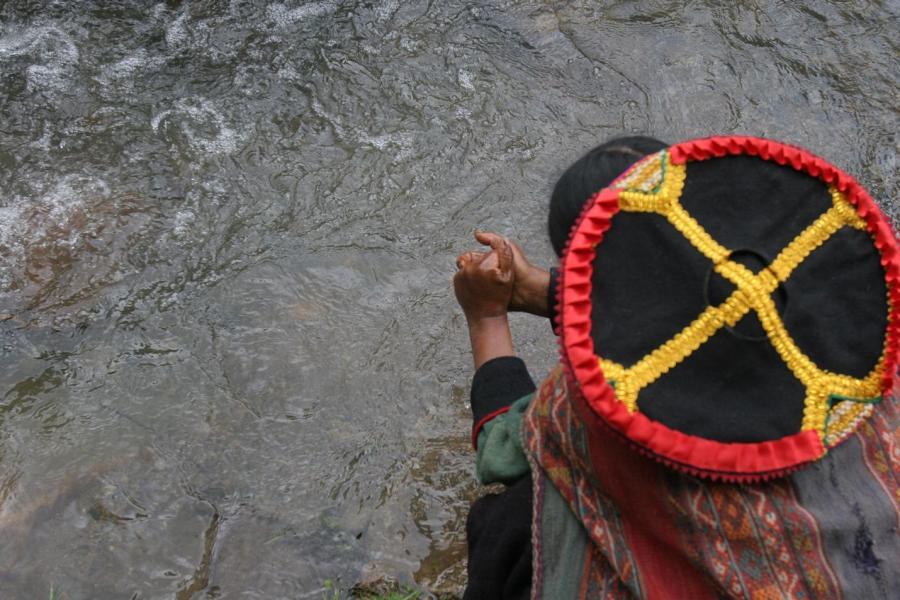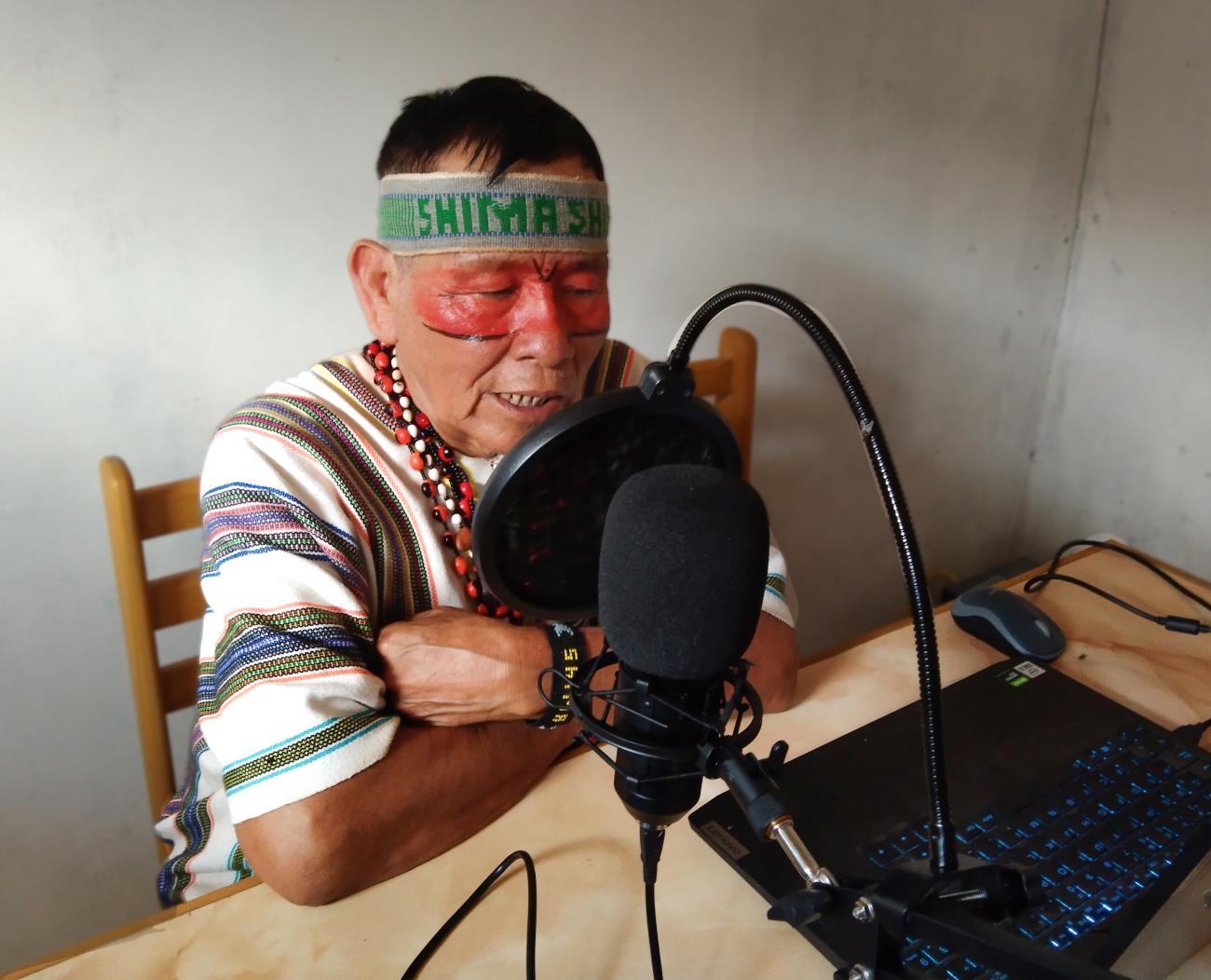
By Maranki Community Radio
Radio Maranki 89 FM is an initiative of the Marankiari Bajo Indigenous community. Our story began in 1992 with the desire to have our own bilingual media that allows Indigenous communities to share their stories, origins, and traditions. We are located in Peru, in the department of Junín, province of Chanchamayo, district of Perené. Our mother tongue is Iñaane Ashéninka Katonkosatzi Parenini and is a linguistic variant of Ashéninka of the Upper Perené.
Our mission is to strengthen the cultural identity of Ashéninka Peoples of the Perené district and create educational, social, and cultural spaces that generate recognition and appreciation of our cultural and linguistic diversity. We strive to achieve our goal through daily radio programming in the Ashéninka language and Spanish on cultural topics such as stories, legends, and traditions, as well as news, music, rights programs, ecology, and family entertainment.
We have done quite a lot of hard work to carry out this initiative and have become friends with information and communication technologies. During this journey, in 2021, we received a grant from Cultural Survival’s Indigenous Community Media Fund to support activities at the radio station. With the funding, we implemented a project to optimize and incorporate new equipment and technologies to improve the quality of our transmission and enacted a training program about the development and dissemination of content for radio programming.
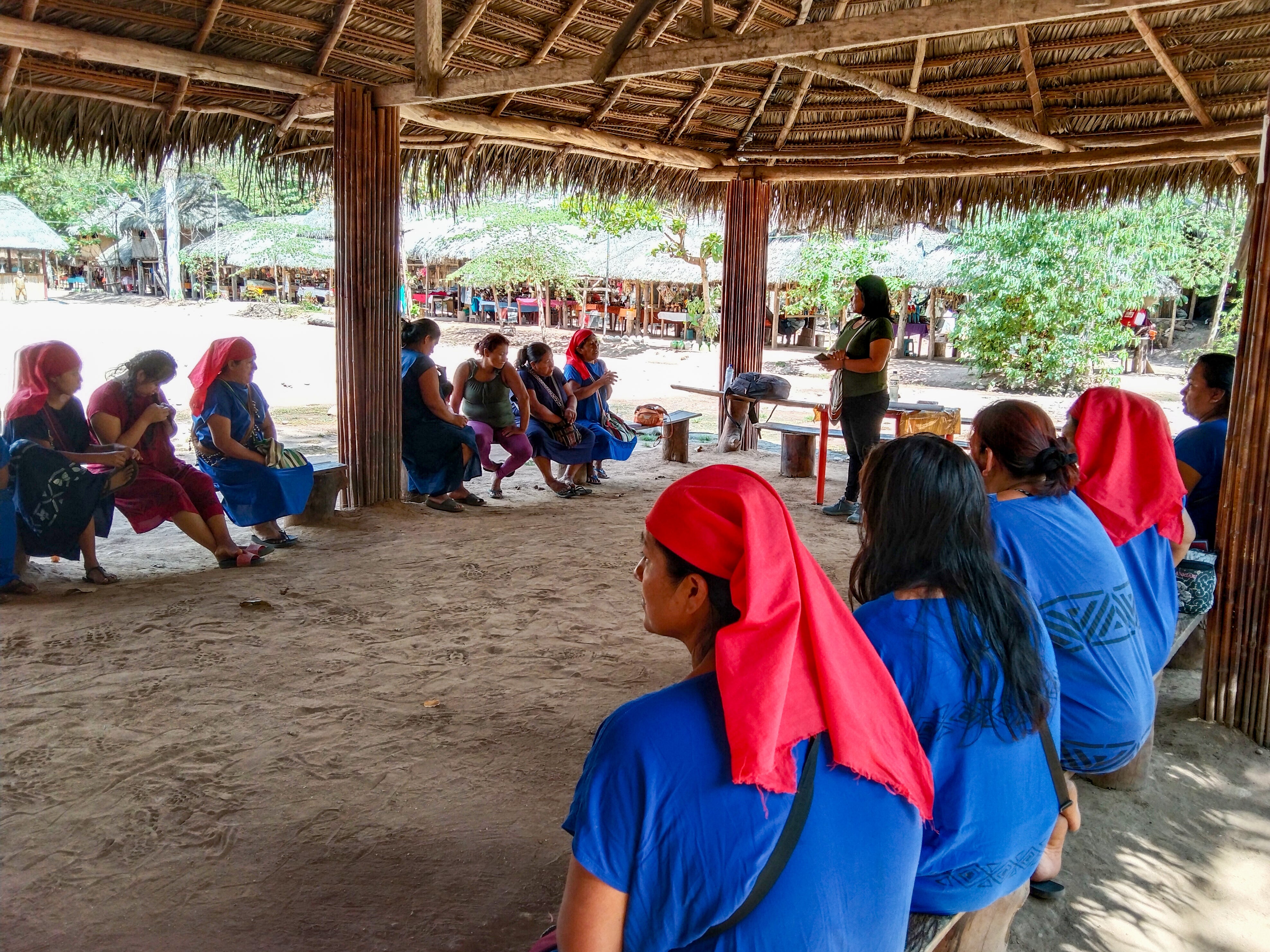
It took us longer than we had anticipated to finish the project due to difficulties and unforeseen events, but thanks to the support of Cultural Survival, we managed to overcome and move it forward. There were also positive aspects that facilitated the development of training activities. For example, we initially had planned to use satellite internet because it was the only alternative when we proposed the project. Still, the appearance of fiber optic internet offered better bandwidth and lower cost. We also conducted trainings around the confinement restrictions established by health authorities due to the COVID-19 pandemic.
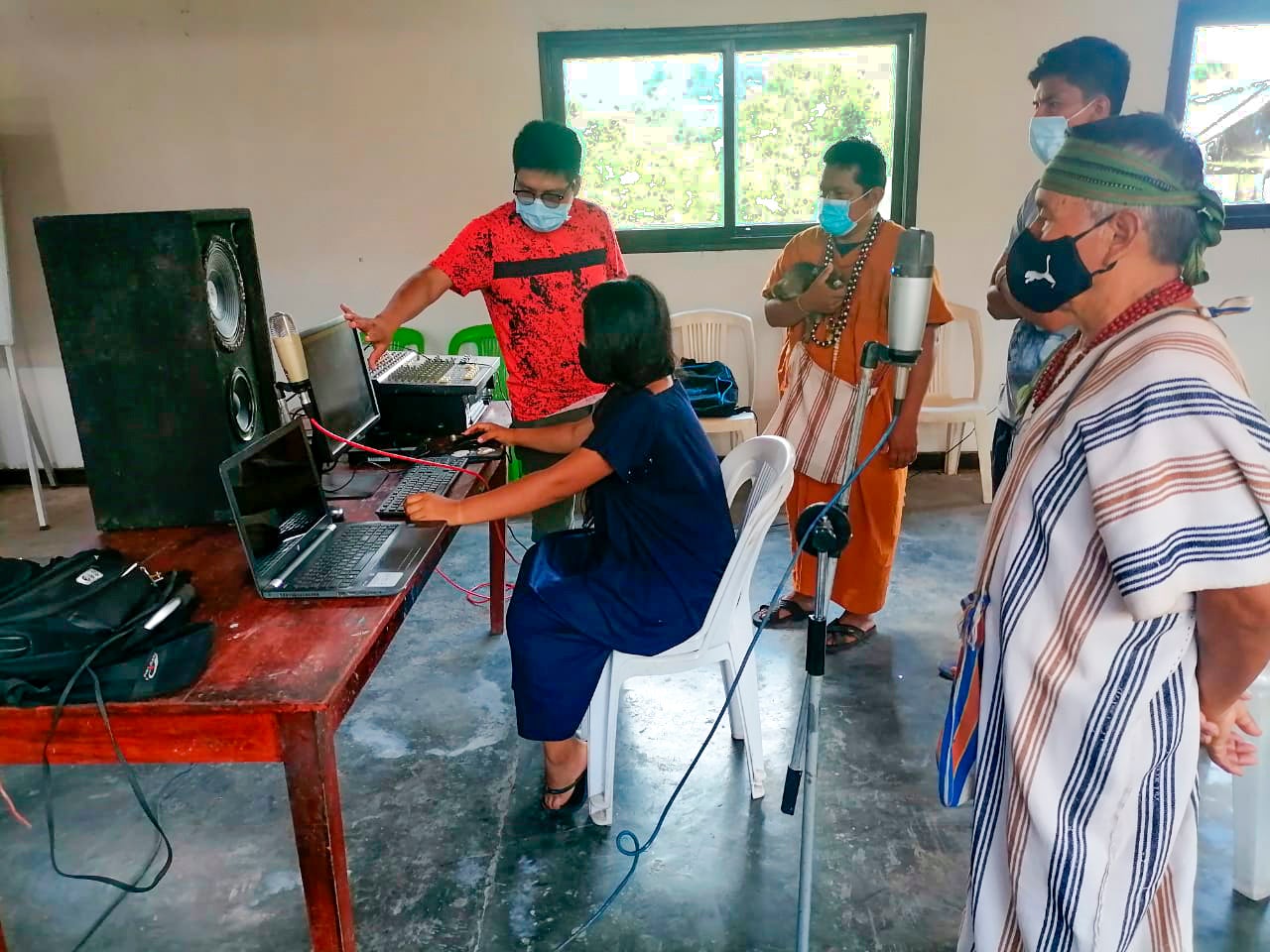
In addition, we were able to expand activities related to online radio transmissions, which is why we had to acquire suitable equipment to do a better job without running into technological issues. The alternative of online radio is a way to reach a wider audience and remain in contact with our community members who are outside the community, whether for studies or work; in this way they can stay in contact with our culture and language.
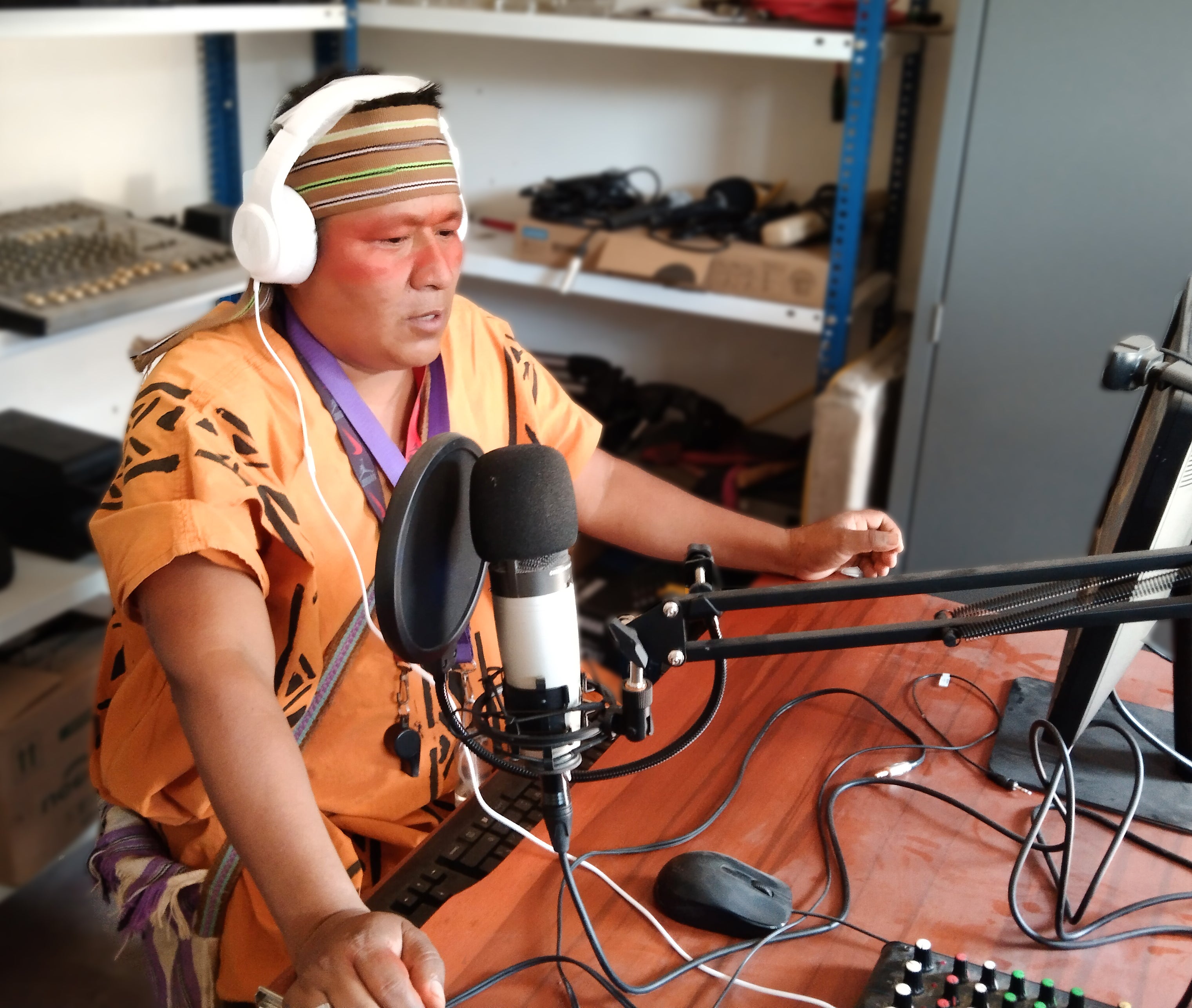
Thanks to the project, our radio team and youth learned voice-over, recording, and audio editing techniques, which will improve the quality of radio programs. We also learned to use new technologies to strengthen our presence on social media and have equipment that provides us with a secure and reliable internet connection.
To produce content, we worked with people who guided us on issues such as Indigenous Peoples' rights and women's rights. In producing cultural content, an Elder from the community helped us. Thanks to them, we have stories and songs that were being lost and are now being disseminated and recorded for future generations.
To improve the participation of women in the project activities, we included mothers who work in El Remanso, a place where the community develops tourism as an economic activity and social practice aimed at promoting and disseminating the Ashéninka culture. There, they share stories, legends, and songs for tourism activities while, at the same time, preparing women's rights programming for the radio station.
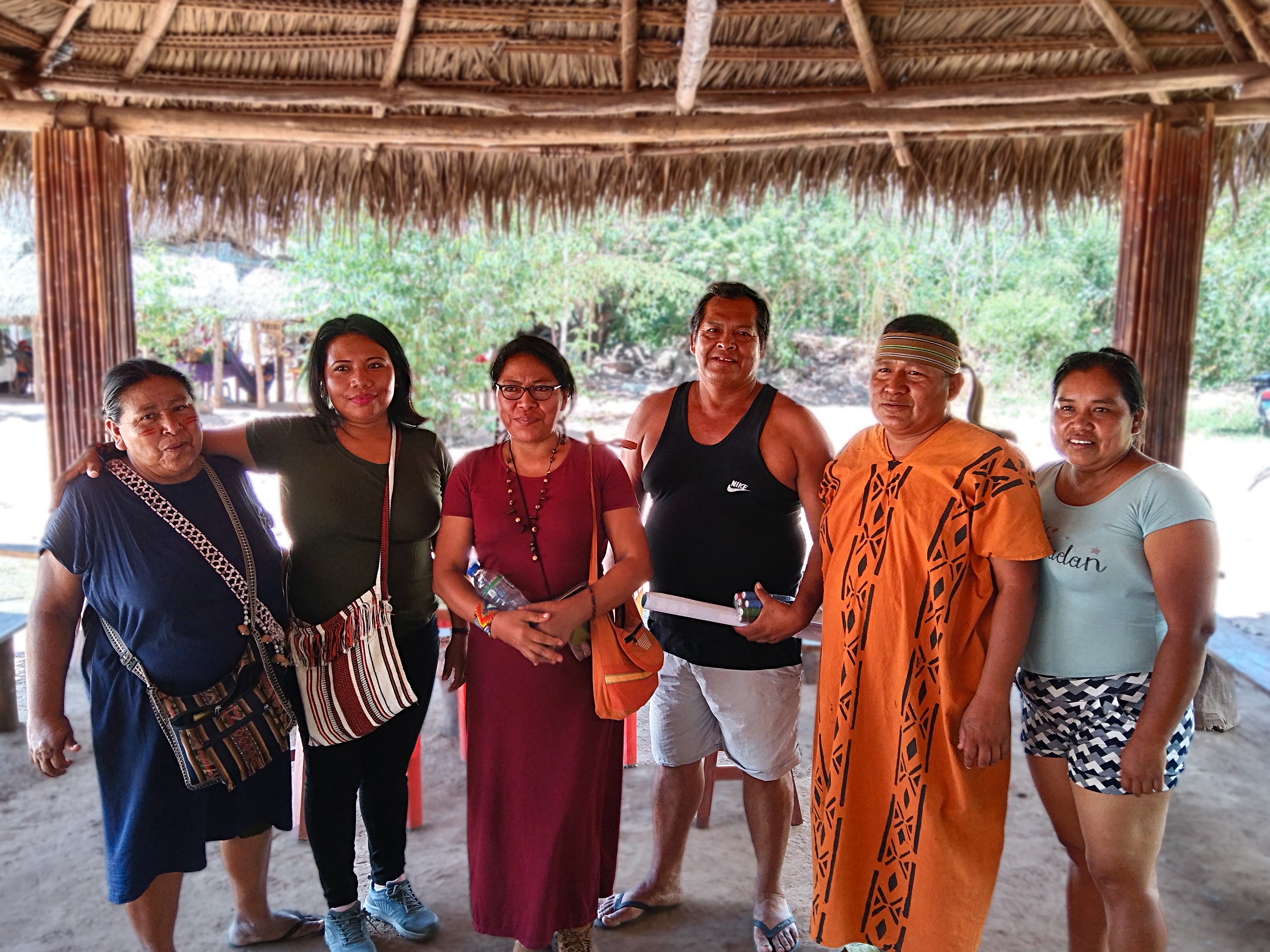
Thanks to the project there were other important issues we were not considering, such as the roles and contributions to the family economy. Therefore, we discussed some of the following questions: what is the current situation of the children and young people in the community? How can we participate more in education, and what challenges do we face to achieve quality education for our children and young people? How is the intercultural bilingual education that our students receive?
From this, we worked on developing women’s leadership in our community. We focused on their roles in the family through workshops with a team of Indigenous professionals comprised of a lawyer and psychologist. We are now beginning to produce our content for broadcast on the radio and social media, with the desire to build the foundations for revitalizing Ashéninka culture and language but also an alternative media platform in our language.
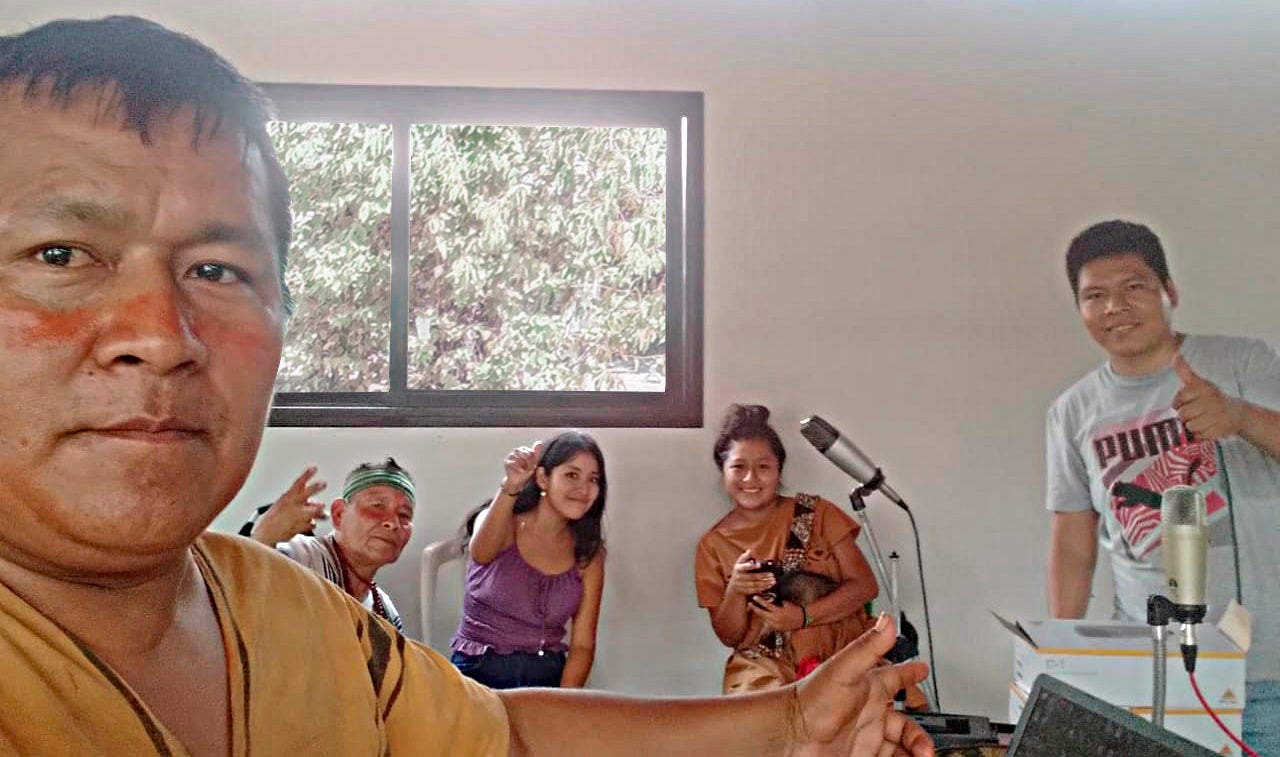
In 2021, Radio Comunitaria Maranki received a grant from Cultural Survival’s Indigenous Community Media Fund, which provides opportunities for international Indigenous radio stations to strengthen their infrastructure and broadcast systems and creates training opportunities for journalism, broadcasting, audio editing, technical skills, and more for radio journalists from Indigenous communities around the world. In 2022, the Indigenous Community Media Fund supported communities with 23 grants totaling $138,000 to Indigenous community media outlets from 13 countries.

